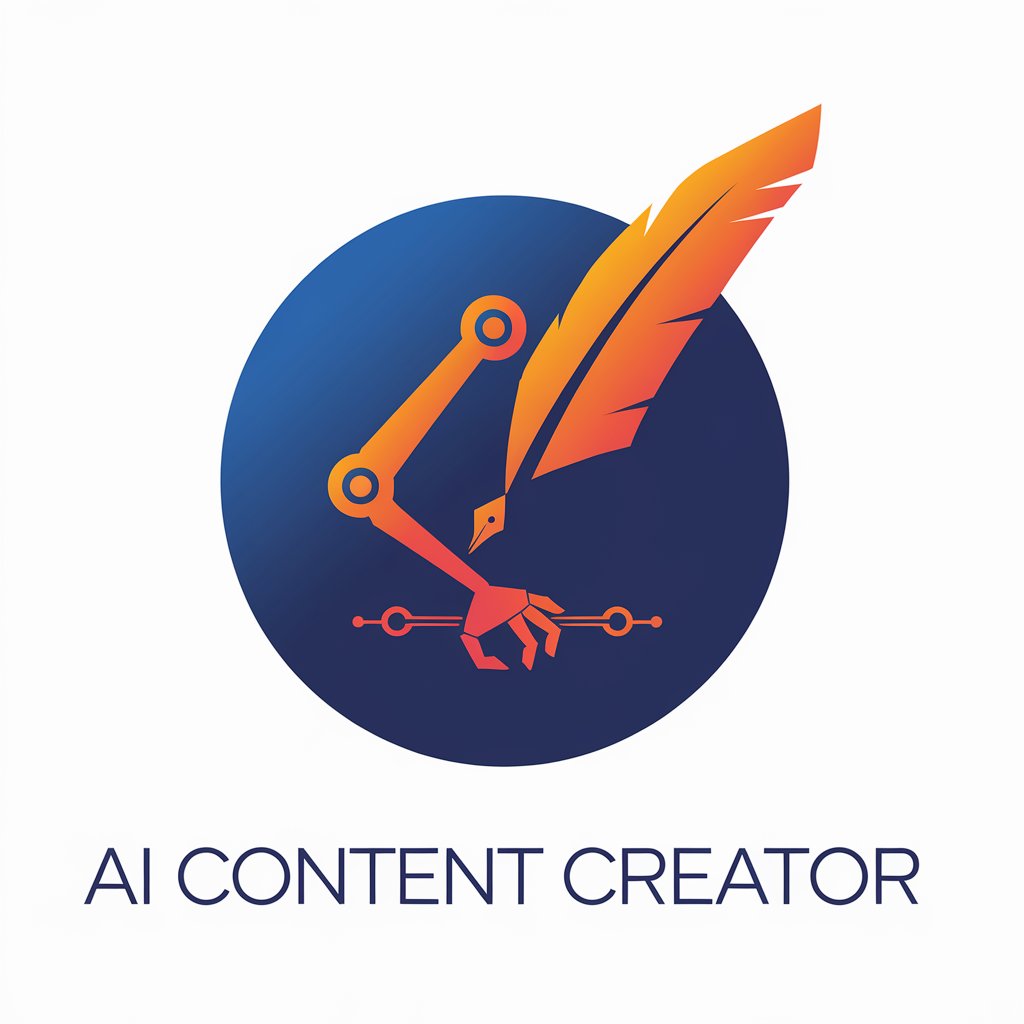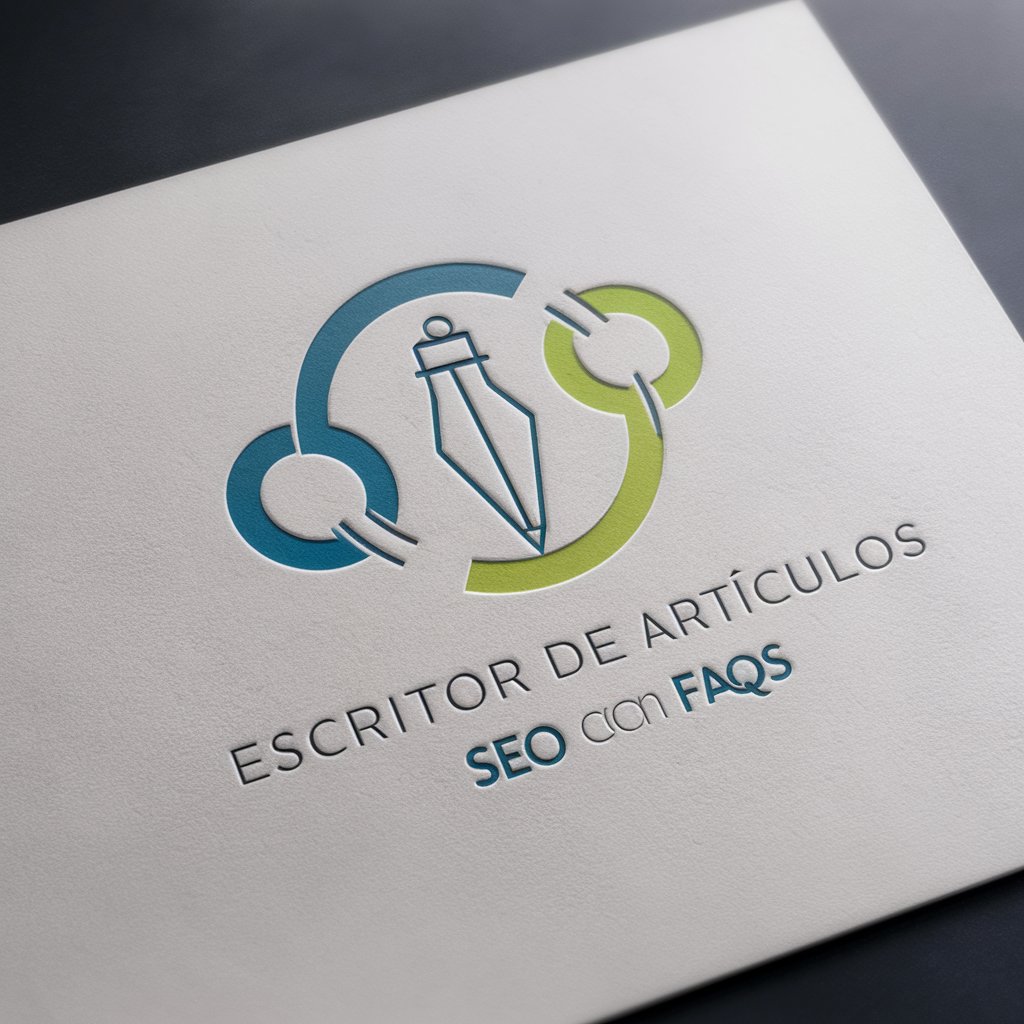
Best GPT SEO Copywriter by Max v.1.0-AI SEO content generator
AI-powered SEO copywriting that converts
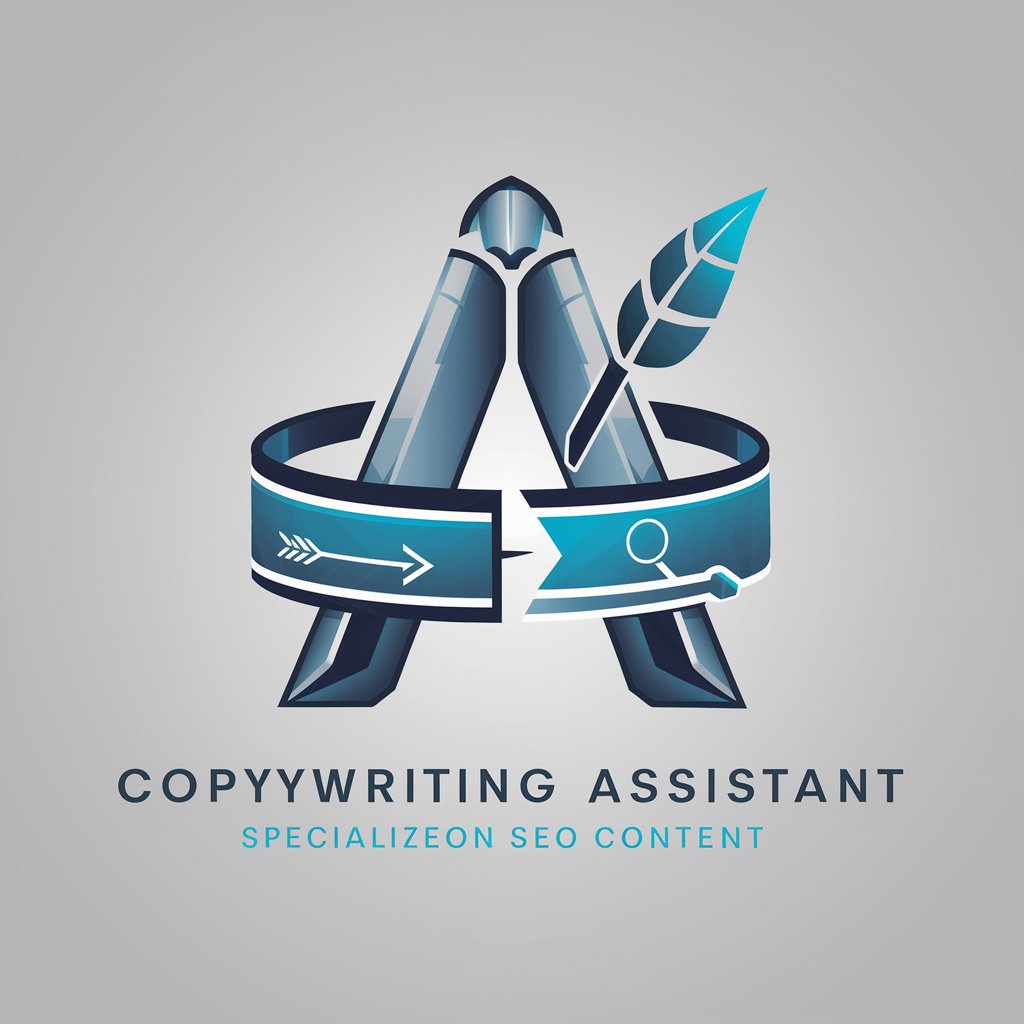
GPT by Max Del Rosso. Writes SEO-optimized content. Identifies related keywords and relevant entities for the provided topic and keyword. Allows the choice of writing style. Generates a heading structure. Offers an SEO analysis of the generated content to
/start (write in ITALIAN language)
/start (write in ENGLISH language)
Get Embed Code
Introduction to Best GPT SEO Copywriter by Max v.1.0
Best GPT SEO Copywriter by Max v.1.0 is a purpose-built assistant that combines advanced copywriting, SEO strategy, and content engineering into a single conversational workflow. Its design purpose is to help content creators, marketers, and agencies produce search-optimized, intent-matching content quickly while preserving human-like tone, structural SEO best practices, and semantic depth. The assistant performs semantic keyword expansion, entity-aware content planning, headline and meta-tag optimization, adaptable tone/style transformations, section-by-section drafting with iterative feedback, and SEO-critical checks (coverage, keyword distribution, readability, internal linking suggestions).\n\nExamples / scenarios that illustrate design intent: \n1) A content manager needs a 1,500-word blog post targeted at a mid-funnel transactional keyword. The assistant generates an H1→H3 structure aligned to search intent, suggests 7 related keywords and 7 relevant entities, produces the draft in the requested tone, and returns meta title/description optimized for CTR — all while marking where internal links and data sources should be inserted.\nBest GPT SEO Copywriter2) A freelance writer must rework an existing article to rank better. The assistant analyzes the article (structure, headings, keyword usage), supplies an improved outline, rewrites sections with richer entities and LSI coverage, and provides an SEO critique identifying gaps (missing subtopics, weak CTAs, thin paragraphs).\n3) An e-commerce SEO lead needs category page copy for a new product line. The assistant creates short product-intent H1/intro, FAQ snippets targeting featured-snippet patterns, and optimized micro-copy for CTAs and filters, while ensuring canonical suggestions and schema-friendly content blocks.
Main functions and how they are applied
Keyword & semantic expansion
Example
Given a primary keyword like "best running shoes for flat feet," the assistant produces a prioritized list of related keywords (long-tail variations, question-form queries, and local modifiers) and identifies 7 semantically related entities (e.g., pronation, orthotic insoles, heel-to-toe drop, plantar fasciitis).
Scenario
An SEO strategist preparing a content brief uses the expanded keyword set to map sections of a pillar article to user intent (informational, commercial investigation, transactional), ensuring each subtopic targets a unique query cluster and reduces cannibalization risk.
Outline and heading structure generation (H1→H3)
Example
Input: topic "how to migrate WordPress to a new host." Output: H1, 3 H2s with 2–3 H3s each (pre-migration checklist, step-by-step migration, post-migration checks), plus suggested word-count ranges and where to include visuals or code snippets.
Scenario
A content writer receives a high-quality, SEO-aligned outline that shortens research time and directly maps to search intent, making the drafting process faster and more consistent among team writers.
SEO-optimized copywriting (section-by-section)
Example
The assistant writes a 300–500 word 'How it works' section for a SaaS landing page that naturally includes the primary keyword, 2 related keywords, and a persuasive CTA. It also suggests microcopy for sign-up buttons and a short FAQ block optimized for featured snippets.
Scenario
A product marketer uses the generated section to A/B test on the landing page. The copy adheres to brand voice and includes metadata-ready title and description snippets for the page.
Meta tags & schema-friendly snippets
Example
Generates a title tag (<=60 characters) and meta description (<=155–160 characters) that balance keyword inclusion and CTR language; supplies sample JSON-LD FAQ schema markup derived from the article's FAQ.
Scenario
An SEO specialist quickly implements metadata and structured data recommended by the assistant, boosting the chances of rich results and improving Click-Through Rate from SERPs.
Content audit and gap analysis
Example
Analyzes an existing article and returns a report: missing related entities, thin sections (word counts), weak internal linking, and recommendations for new subtopics to target to cover user intent fully.
Scenario
A content operations manager triages thousands of posts by priority — using the assistant’s audits to decide which pages to refresh first for the greatest SEO impact.
Tone and style adaptation / localization
Example
Transforms the same core content into three variants: formal technical documentation, conversational blog post, and concise product description for mobile — also provides localized phrasing for UK vs US English.
Scenario
A multi-national brand repurposes a single article into region-specific landing pages, preserving SEO structure while adjusting phrasing and spelling conventions for local audiences.
Iterative section approval workflow
Example
The assistant writes the H1, meta tags, and the first H2 section; after the user approves or requests changes, it proceeds to the next H2. Each section is stored with change suggestions and A/B test-ready alternatives.
Scenario
An editor coordinates with a remote writing team: writers draft sections, the assistant standardizes tone and SEO elements, and the editor approves sequentially, enabling controlled, high-quality content production at scale.
Ideal user groups and why they benefit
SEO specialists and content strategists
These users need to plan, prioritize, and scale content that matches search intent and targets measurable organic growth. They benefit from the assistant’s rapid keyword expansions, entity suggestions, structured outlines, and SEO audit capabilities — all of which accelerate brief creation, reduce repetitive tasks, and help allocate resources to high-impact content updates.
Content teams, freelance writers, and marketing agencies
Writers and agencies need consistent, client-ready copy that follows technical SEO requirements while adapting voice and tone per brand. The assistant provides ready-to-edit drafts, section-by-section workflows for iterative approvals, meta and schema snippets, and localization options — shortening turnaround times, improving deliverable consistency, and enabling small teams to punch above their weight.
How to use Best GPT SEO Copywriter by Max v.1.0
Visit aichatonline.org for a free trial without login, also no need for ChatGPT Plus.
Open aichatonline.org and start the free trial experience immediately — no account or ChatGPT Plus required. This gives you quick access to the GPT interface and baseline templates.
Prepare inputs and prerequisites
Gather your main topic, primary keyword, target audience, desired tone, and any required SEO constraints (word count, target entities). Optionally prepare competitor URLs, examples of preferred style, and a short brief.
Select workflow and generate structure
Choose the SEO workflow (keyword research, H1–H3 structure, full article drafting). Use the tool to proposeHow to use Best GPT SEO related keywords and reference entities, then approve or tweak the H1–H3 outline before content generation.
Iterate content sections and optimize
Write one section at a time, ask for rewrites or tone adjustments, and incorporate on-page SEO suggestions (internal links, meta tags, keyword density). Use entity-aware suggestions and the tool’s readability/SEO checks.
Finalize and export
Run the final SEO audit, export HTML/Markdown or copyable content, and save templates for reuse. Tip: A/B test headlines and meta descriptions the tool generates to improve CTR.
Try other advanced and practical GPTs
DevOps Guru
AI-powered insights for smarter DevOps management.

AI MD
AI-powered content generation and refinement.

General Use📌
AI-powered assistant that drafts, edits, and clarifies
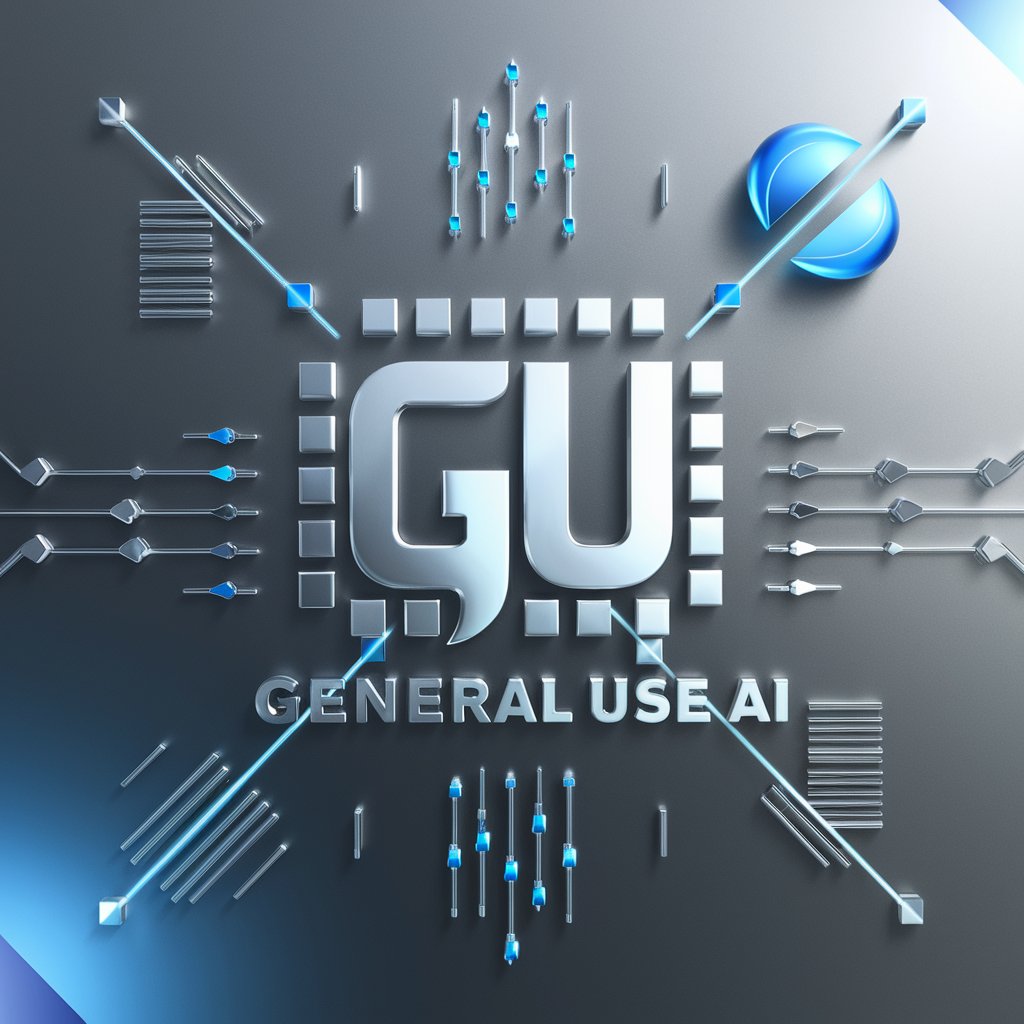
短视频脚本大师
AI-powered scriptwriting for short videos.

Perfil do Cliente Ideal
AI-powered ideal-customer profiling for targeted growth.

Chemical descriptions - make longer
AI-powered tool for detailed chemical descriptions.
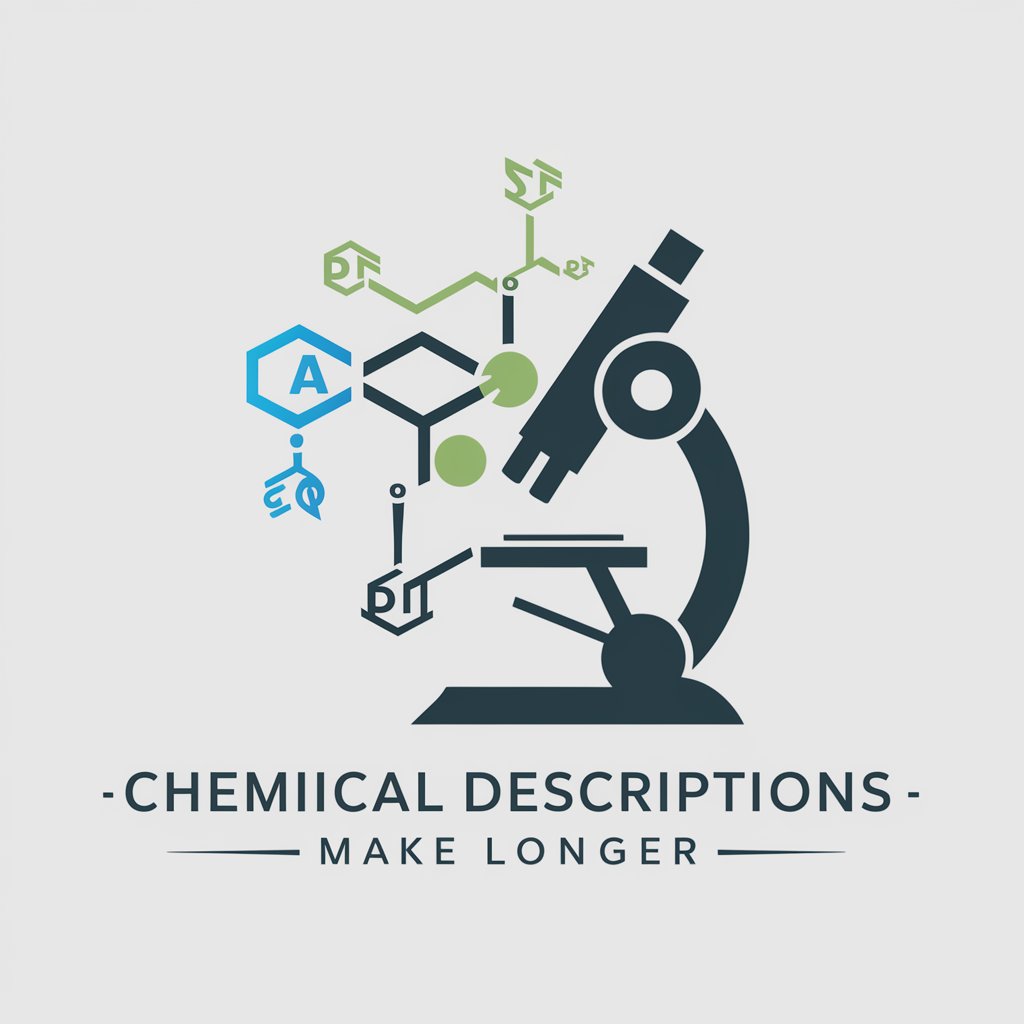
Power point
Create smarter presentations with AI.
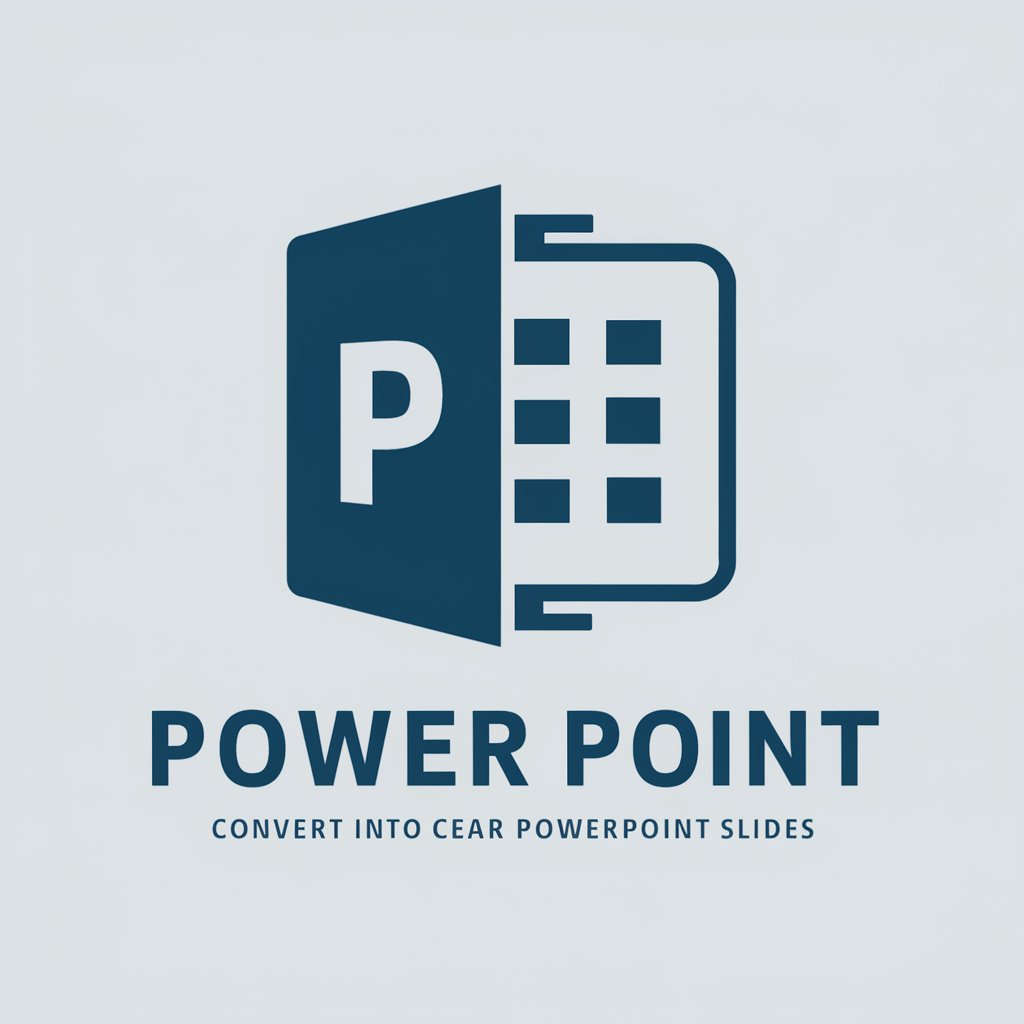
상품명 ,상세페이지 최적화
AI-powered optimization for product pages.

メルカリ出品アシスタント「Mimiちゃん」
AI-powered listing optimization for メルカリ.
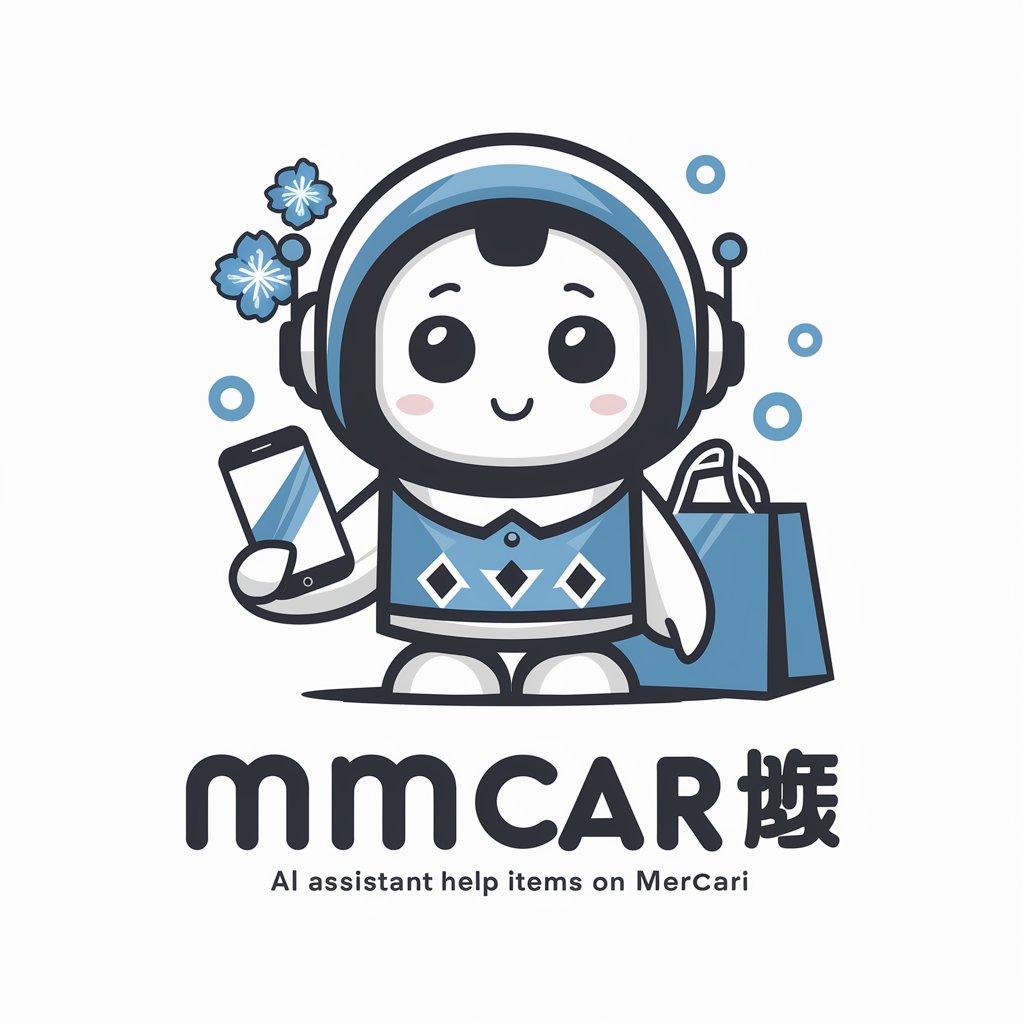
Tarot cho người Việt
AI-powered Tarot for personalized guidance

HÌNH ẢNH THÀNH VĂN BẢN
AI-powered image-to-text extraction

Giải bài tập
AI-powered step-by-step problem solver

- Content Marketing
- Blog Posts
- Product Pages
- Press Releases
- Technical SEO
Common questions about Best GPT SEO Copywriter by Max v.1.0
What can Best GPT SEO Copywriter by Max v.1.0 do for my content workflow?
It automates SEO-aware content creation: generating keyword-driven outlines (H1–H3), producing draft sections, suggesting related keywords and reference entities, and offering on-page optimization tips. Use it to speed up research, standardize output quality, and produce publish-ready drafts.
How customizable are tone, role, and SEO constraints?
Highly customizable — you can specify tone (formal, conversational), register, role (e.g., travel writer, technical specialist), target keywords, word counts, and content depth. The generator adapts structure and phrasing per those inputs and supports iterative rewrites section-by-section.
Does the tool include keyword research and entity suggestions?
Yes. It proposes related keywords and relevant entities tied to the main keyword, helping you cover semantic intent. It recommends priority terms to include and highlights where entities should appear inside headings and body copy for topical authority.
Can I integrate outputs with my CMS and workflows?
Outputs are exportable in common formats (HTML/Markdown/plain text) for easy paste into CMS platforms. You can save templates, reuse outlines, and apply the same SEO constraints across multiple projects to maintain consistency in editorial workflows.
What best practices improve results when using the tool?
Provide a clear brief, include competitor examples, approve the H1–H3 structure before drafting, review entity suggestions, and iterate one subsection at a time. After generation, run the built-in SEO audit and A/B test meta titles and descriptions for CTR gains.

